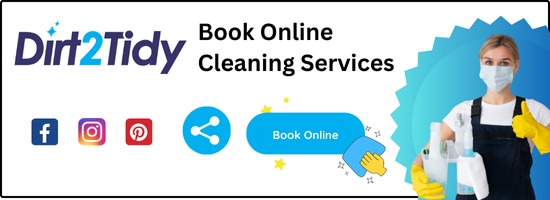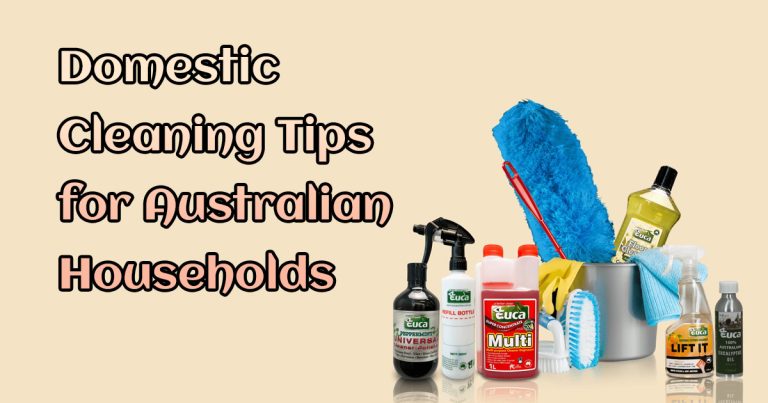
As any pet owner can attest, accidents are bound to happen. Regardless of how well-trained our furry friends might be, there are instances when they leave behind unsightly messes on our household surfaces. Pet stains, especially from urine, faeces, and vomit, not only look unappealing but can also cause persistent odours and potentially permanent damage if not addressed promptly. Clean Pet Stains from common surfaces.
Understanding the appropriate techniques for cleaning pet stains from various surfaces ensures that your home remains clean and fresh.

Understanding the Nature of Pet Stains
Before diving into the cleaning techniques, it’s important to understand the nature of pet stains. Most pet stains are organic, which means they contain proteins. When these proteins break down, they can produce strong, foul-smelling odours.
Urine, in particular, contains uric acid crystals which can be especially challenging to eliminate entirely. The sooner a pet stain is addressed, the easier it will be to remove both the visible stain and its associated odour.
Carpeted Surfaces
Carpet is one of the most challenging surfaces to clean because it’s porous and can absorb liquids deep into its fibres. The first step in cleaning a fresh pet stain from a carpet is to blot the affected area with a clean, absorbent cloth or paper towel. Avoid rubbing, as this can push the stain deeper into the carpet fibres. For dried stains, it might be necessary to moisten the area slightly with water to help lift the residue.
Once the excess liquid has been blotted up, a mixture of equal parts white vinegar and water can be applied. The acidity in vinegar helps neutralise odours and break down the stain. After letting the solution sit for several minutes, blot it up using another clean cloth.
To tackle any remaining stain appearance or lingering odour, a carpet cleaner specifically designed for clean pet stains might be required. Always follow the manufacturer’s instructions and test on an inconspicuous area first to ensure it doesn’t damage or discolour the carpet. (note: small breeds like Pugs or Chihuahuas could leave a trail in their fur so don’t forget to wipe them out.)
Hardwood and Laminate Floors
Unlike carpet, hardwood and laminate floors don’t absorb liquids in the same way. However, they can still sustain damage if a clean pet stain is left untreated for too long. The priority with these surfaces is swift action. Wipe up any fresh mess immediately with a cloth or paper towel. (this is where microchipping your pet would come in handy.)
Once the initial mess is cleared, a solution of white vinegar and water can be used to clean the area. However, be cautious not to oversaturate the floor, as excessive moisture can damage both hardwood and laminate. After wiping with the vinegar solution, dry the area thoroughly.
For any stubborn stains or discoloration on hardwood, a paste made of baking soda and water can be applied. Allow it to sit for a few minutes, then gently rub the area until the stain lifts. Wipe away the residue with a damp cloth and dry the area completely.
Tile and Grout
Tiles might seem impervious to pet stains, but the grout between the tiles is another story. To clean fresh stains off tiles, simply wipe them away using a cloth or paper towel. For grout stains, a mixture of equal parts hydrogen peroxide and water can be applied. Let it sit for a few minutes and then scrub gently with a brush.
If stains persist in the grout, consider using a grout cleaner or a mixture of baking soda and water to form a paste. Apply this paste to the stain, let it sit, and then scrub. Rinse the area with clean water and dry thoroughly.
Upholstery and Furniture
Upholstery, like carpet, can absorb pet stains deeply. Start by blotting fresh stains. Once the excess moisture is removed, a solution of equal parts white vinegar and water can be sprayed or dabbed onto the stain. Allow it to sit for a few minutes, and then blot away.
It’s always advisable to test any solution, whether store-bought or homemade, on an inconspicuous area of the furniture to avoid potential discoloration or damage.
Seek Professional Help for Clean Pet Stains
There are instances when, despite our best efforts, pet stains prove to be particularly stubborn. They might resist home remedies or leave behind lingering odours that seem impossible to eradicate. In such cases, it might be time to consider seeking professional assistance.
Why Opt for Professional Cleaning?
Professionals have access to specialised equipment and high-grade cleaning agents that aren’t readily available to the general public. These tools can be more effective at penetrating deep into surfaces and eliminating both stains and odours at their source.
At Dirt2Tidy Cleaning Services, we use the latest industrial cleaning machines and modern tools and techniques that meet the highest quality standards. This guarantees a high standard of cleaning services quality. Additionally, we have the training and experience to address stains without causing further damage to household surfaces.
Conclusion
Clean Pet stains can be a challenge, but with swift action and the right cleaning techniques, they don’t have to be a permanent mark on your household surfaces. While there are many effective methods for tackling clean pet stains at home, there’s no shame in seeking professional assistance for particularly challenging situations. With their expertise and specialised equipment, professionals can restore the appearance and freshness of household surfaces, ensuring a clean and healthy environment for both residents and pets.







